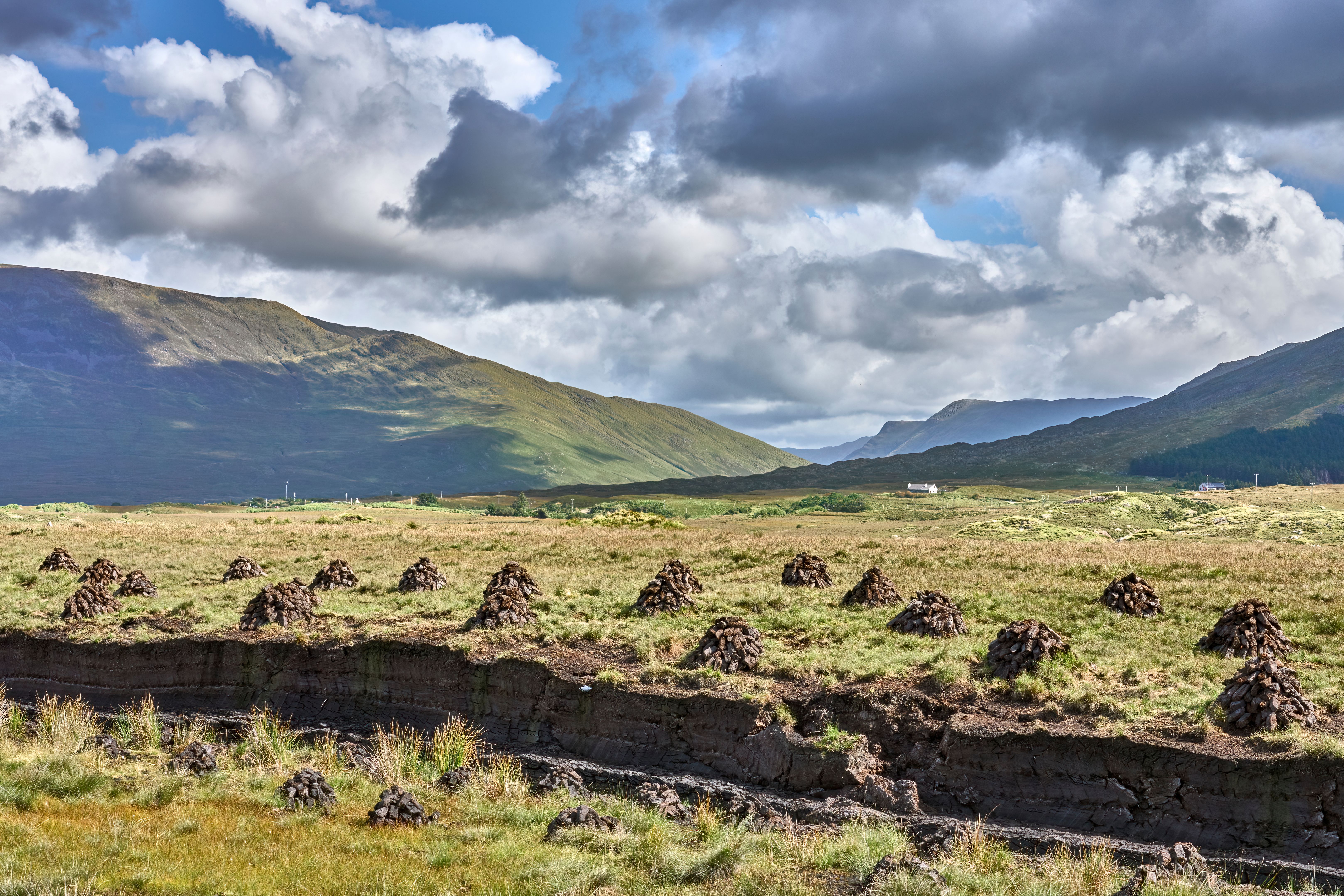Tech Giants Invest in Irish Bog Restoration: A €3 Million Initiative
Introduction
It’s not often you see Google, Meta, and Microsoft linked with Irish bogs. Yet this summer the three tech giants committed €3 million to rewetting between 400 and 450 hectares of degraded peatlands. The first site chosen is in the Wicklow Mountains Special Area of Conservation, and the project will be monitored under the new Irish Peatland Standard.
At first glance, it looks like corporate climate PR. But dig a little deeper and it’s clear this matters, not just for climate targets, but for farmers, rural communities, and the future of Ireland’s landscapes.

The Power of Peatlands
Peatlands cover almost a quarter of Ireland’s land area, yet much of that ground is no longer intact. Years of turf cutting, drainage, and land conversion have left large areas degraded. When peatlands are in poor condition, they stop storing carbon and start releasing it. Right now, damaged peat soils account for an estimated 8–9 million tonnes of CO₂ equivalent every year, a similar scale to the entire transport sector.
Healthy bogs do the opposite. They lock carbon into the ground, regulate water flows, improve water quality, and provide habitats for plants and wildlife. It’s no exaggeration to say they’re one of Ireland’s most important natural assets.

The Scale of Loss
Ireland has already lost about 40% of its original peatlands, with large areas of raised bog gone and many blanket bogs fragmented or drained. Only around a quarter of our blanket bogs remain in reasonably intact condition. The rest have been cut, planted, or converted into marginal farmland.
This is the backdrop against which the €3 million investment lands. It’s a drop in the ocean compared with what’s needed, but it signals a wider recognition that bogs are worth restoring, and that private money is now stepping in alongside public funding.

What the Project Involves
The Wicklow pilot is the first step. Rewetting will mean blocking drains, raising water tables, and encouraging sphagnum moss to regrow. The aim isn’t just climate mitigation. It’s about restoring biodiversity, improving downstream water quality, and making upland landscapes more resilient to flooding and drought.
By using the Irish Peatland Standard, the project will also be independently verified, making sure the promised carbon savings and biodiversity gains actually materialise.

Why Farmers Should Care
For many farmers, bog restoration might feel like a side issue. But there are reasons to pay attention.
- Water management: Rewetted bogs act like natural sponges, reducing both flooding in wet years and drought stress in dry ones.
- Cleaner water: Intact peatlands filter water, reducing the sediment and nutrient load that flows downstream.
- New income streams: As schemes evolve, farmers with peat soils may be eligible for payments linked to carbon storage, biodiversity, or eco-schemes under CAP.
With the government under pressure to cut emissions from land use, it’s not hard to see future schemes linking directly to peatland management.

The Bigger Picture
Ireland has already seen large-scale restoration through public projects. The Living Bog initiative restored over 2,600 hectares of raised bog across 12 sites. Bord na Móna has committed to rehabilitating 20,000 hectares of cutaway bog, with a longer-term target of 80,000 hectares.
Against that backdrop, the €3 million from tech companies looks small, but it is symbolic. It’s the first major corporate-backed peatland restoration project here, and if successful, it could unlock more funding in years to come.

Practical Takeaways for Farmers
Seaweed and carbon credits grab headlines, but peatlands could become just as central to the farm sustainability story. For farmers with bog or marginal peat soils, here are a few points worth watching:
- Teagasc and the Department of Agriculture are tracking peatland schemes closely — expect future CAP reviews to include them.
- Payments for carbon and biodiversity services are moving from theory to practice, and peatlands are prime candidates.
- Infrastructure costs — like drain blocking or bunding — may eventually be covered by grant aid, as happened with previous restoration programmes.
In other words, peatland management could soon move from being a compliance headache to a potential income stream.

Conclusion
For years, Ireland’s bogs were written off as wastelands or cut for fuel. Now they’re being recognised as natural powerhouses for climate, biodiversity, and water. The Wicklow pilot won’t solve everything, but it sets the stage for bigger projects, and shows how private money can play a role alongside state investment.
For farmers, the message is clear: peatland restoration isn’t just about meeting climate targets. Done right, it can deliver cleaner water, more resilient land, and perhaps new opportunities for those farming on the margins. And that €3 million, small as it may be, is a sign that the rest of the world is starting to value our bogs as much as we should.
*By Anne Hayden MSc., Founder, The Informed Farmer Consultancy.
